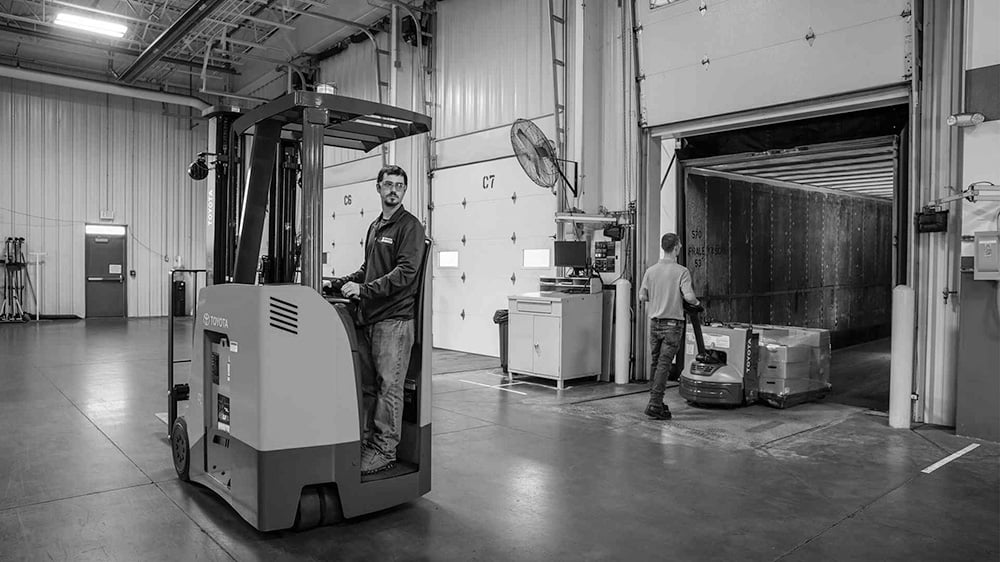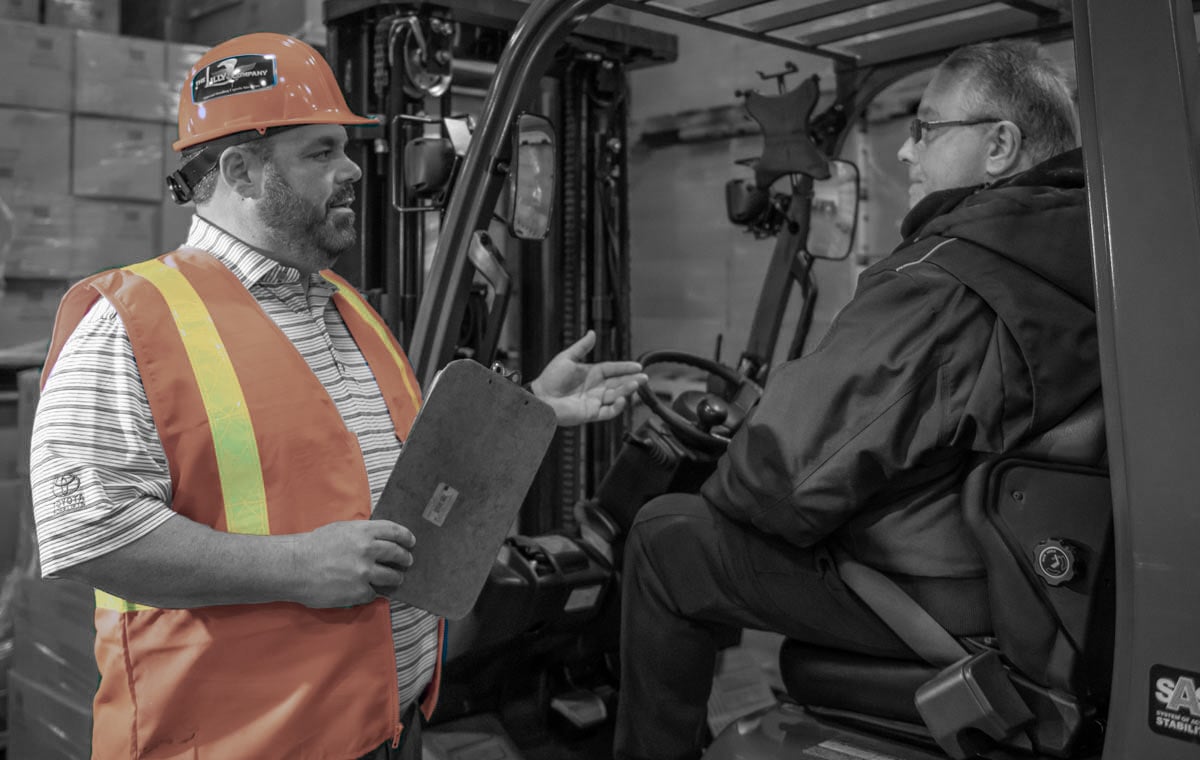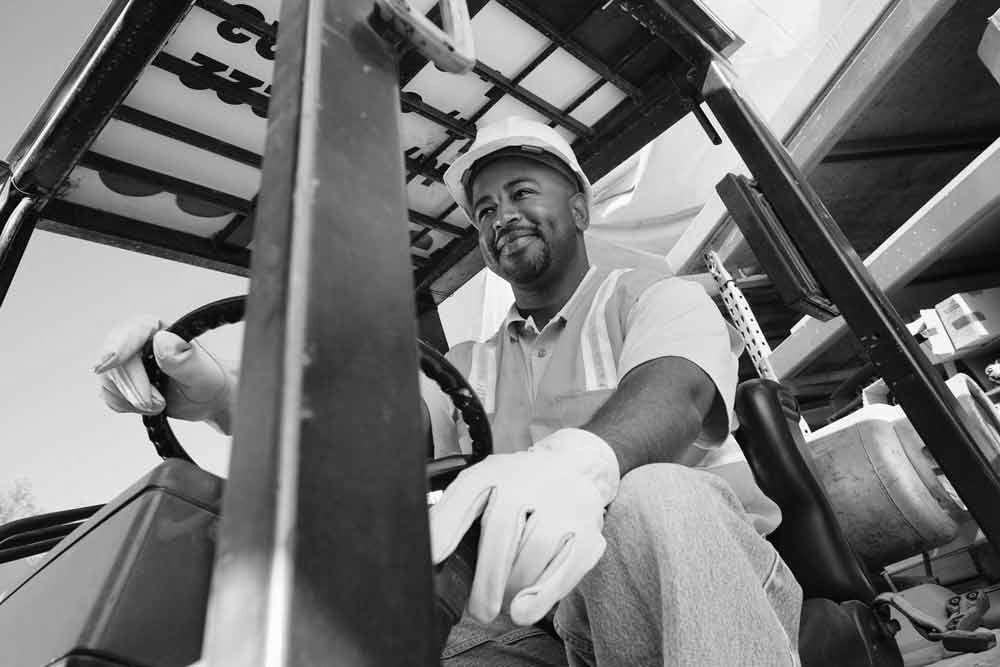Group Forklift Safety Training
OSHA compliant on-site forklift training for forklift safety and certification.


Whether you need to certify aerial or forklift operators, create a pedestrian safety program, or provide refresher training, we’re here to support you. We offer:
OSHA compliant on-site forklift training for forklift safety and certification.
Mobile elevated work platform (MEWP) certification for your scissor lift operators.
Keep your operators and pedestrians safe with on-site pedestrian safety training.
Avoid expensive fines and help your associates get home safely to their families each day. Complete our training inquiry form to connect with a safety expert who can answer any questions you may have or schedule training at your facility.
We provide group forklift training at your facility. Your team will be trained on sit-down counterbalanced forklifts (electric and gas/propane – Class I, IV & V.) We offer:

Safety training is one of the best ways to protect your team members and prevent expensive incidents (OSHA’s minimum fine is around $10,000). The Lilly Company offers comprehensive safety training to ensure your operation complies with state and federal laws.
OSHA requires employers to provide forklift operator training for vehicle inspection and maintenance. Operators must be over 18 years of age and be recertified at least once every three years.
Apr 7, 2025 by John Wofford
May 27, 2022 by Ronnie Ellington
Oct 9, 2020 by John Wofford



